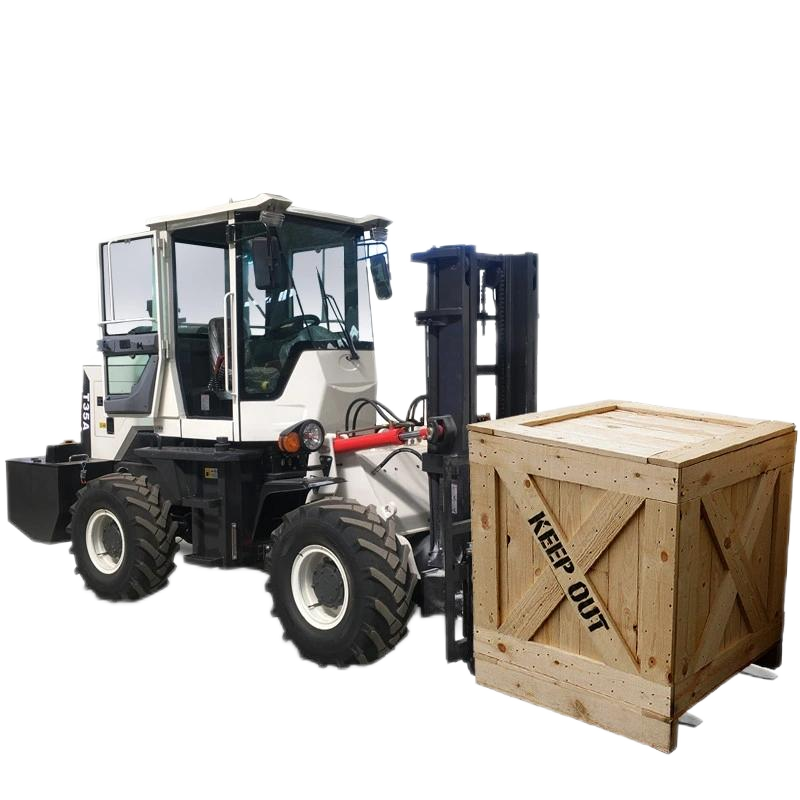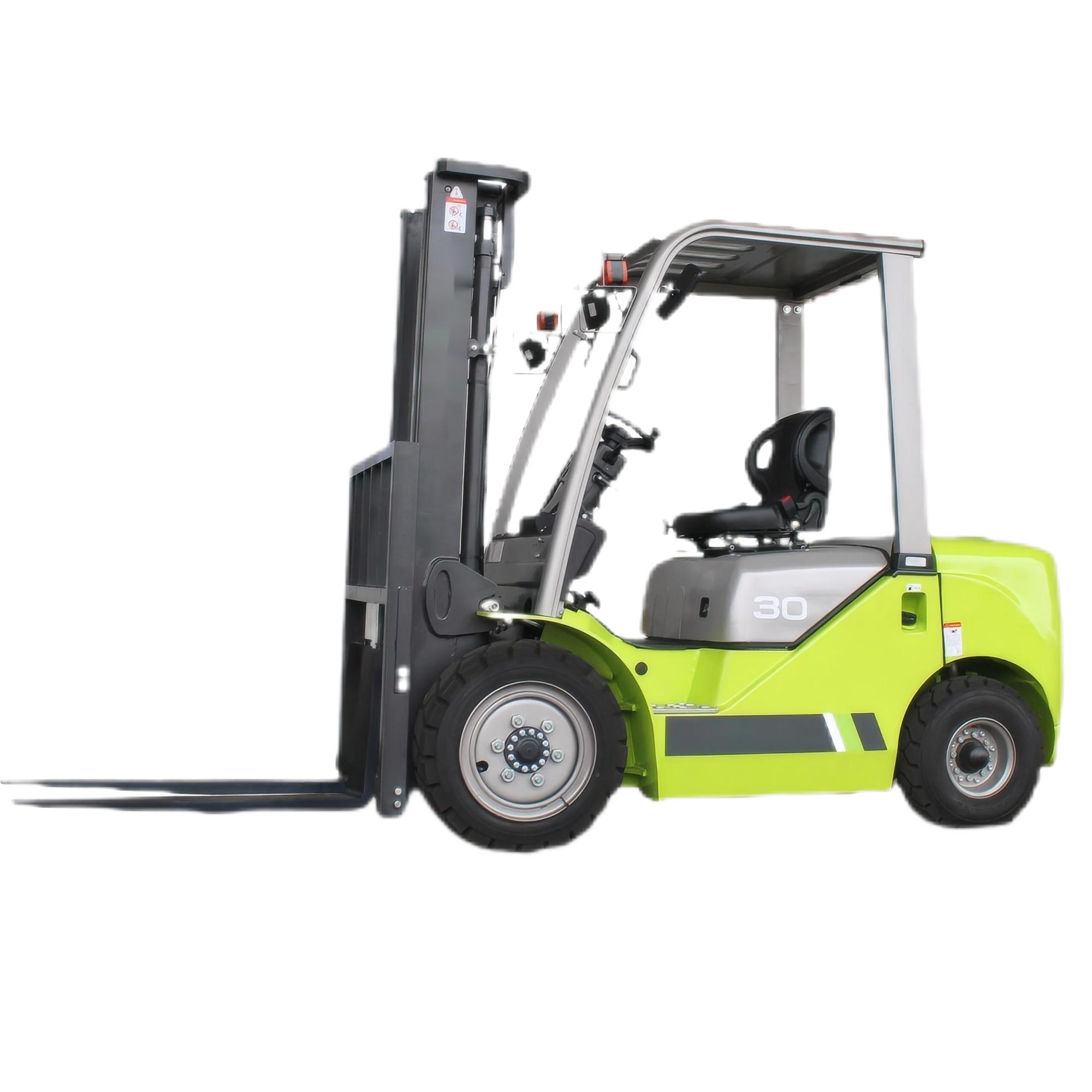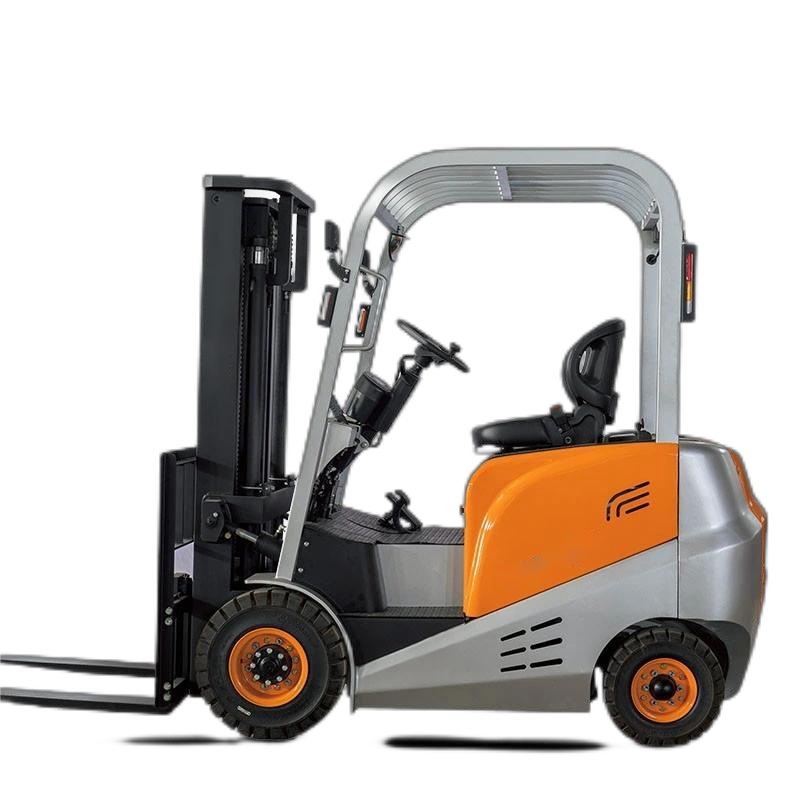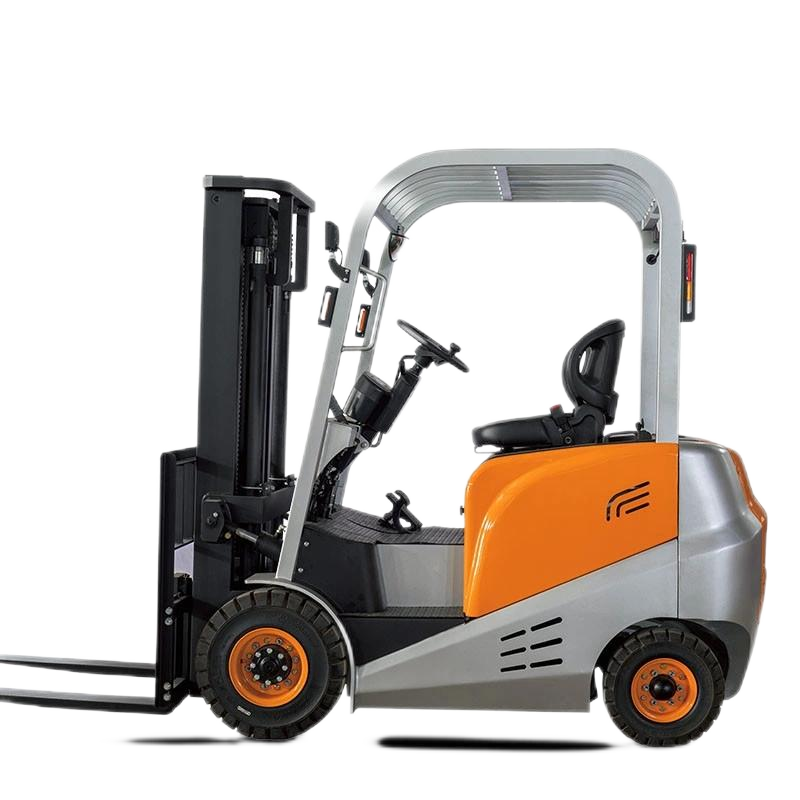In the field of material handling, traditional forklifts often struggle to cope with various complex working environments. The emergence of off-road forklifts provides the perfect solution to this problem. With their superior performance, off-road forklifts can effortlessly navigate through harsh terrains such as rugged mountain roads, muddy construction sites, sandy deserts, and snowy landscapes. They can efficiently complete material loading, unloading, and handling tasks, making them the preferred equipment for numerous industries operating under complex working conditions.

Powerful Performance, Conquering Complex Terrains
Off-road forklifts excel in cross-country mobility. Equipped with large-diameter, wide-base off-road tires, they typically have a minimum ground clearance of over 300mm and a departure angle of more than 30°. The high chassis design allows the vehicle to easily cross potholes, stones, and other obstacles without fear of damaging the chassis. The four-wheel drive function, combined with a differential lock, effectively addresses wheel slippage issues. Even when stuck in mud or snow, the forklift can quickly extricate itself and maintain stable movement on extreme road conditions.
Maneuverability is also a significant advantage of off-road forklifts. Their maximum driving speed generally ranges from 30 to 40 km/h, with a power factor exceeding 0.65. They accelerate rapidly and can climb slopes of 25° - 30°. In hilly and mountainous terrains, they can swiftly and flexibly change working positions, significantly enhancing work efficiency.
In terms of stability, off-road forklifts increase lateral and longitudinal stability through a larger wheelbase and tread. The frame swing angle can reach ±30° - 40°. The steering system is simple and efficient, with the rear axle fixed to the frame and the front axle capable of vertical swinging relative to the frame at an angle of ±8° - 12°. The driver's seat is positioned forward, providing a wide field of vision. Combined with various types of cabs, it can adapt to different operational requirements, ensuring safe and stable operation.
Diverse Applications, Meeting Industry Needs
Construction Sites: At construction sites, the material handling environment is complex, with sandy gravel, soil piles, and uneven roads. Off-road forklifts can easily transport heavy materials such as steel bars and cement pipes. When used with clamps, they can efficiently load and unload stones and timber. The high ground clearance prevents chassis scraping, and the semi-pneumatic tires resist punctures from sharp objects like nails, reducing the risk of tire blowouts and ensuring continuous operation.
Agriculture and Forestry: Agricultural and forestry work sites are mostly in the wild, with complex terrains and soft ground. Off-road forklifts equipped with hay grapples can stack straw, while those with log grapples can transport logs. Grain buckets are used for loading and unloading grains in granaries. Their cross-country mobility in muddy fields far surpasses that of ordinary forklifts. The turbocharged engines experience minimal power loss at high altitudes, ensuring stable operation under different geographical conditions.
Logistics, Warehousing, and Ports: In logistics, warehousing, and port areas, frequent cargo handling requires high levels of forklift maneuverability and stability. The four-wheel drive of off-road forklifts ensures stability on slippery dock surfaces, and the wide-view cabs enhance operational safety in confined spaces. They can perform short-distance transfers in port container yards, load and unload bulk goods in open-air warehouses, and achieve precise stacking with side shifters, improving logistics turnover efficiency.
Emergency Rescue and Municipal Services: Off-road forklifts play a crucial role in emergency rescue and municipal work. Tasks such as post-disaster debris clearance, winter snow removal, and sandbag transportation during floods require equipment with all-weather operation capabilities. Optional features like the Falling Object Protective Structure (FOPS) and cab air conditioning ensure the safety and comfort of operators in extreme environments, facilitating efficient emergency relief and municipal maintenance work.
Exceptional Quality, Trustworthy Performance
The off-road forklifts we offer are meticulously designed and manufactured. They adopt advanced transmission systems, including mechanical transmission, hydraulic shift mechanical transmission, hydraulic transmission, and hydrostatic transmission. Through full-power matching, they ensure optimal parameter adjustment of the entire machine under complex working conditions such as climbing with a full load, maximizing productivity and economic benefits. The braking system is reliable. Small-tonnage forklifts use expanding shoe brakes, most forklifts are equipped with disc brakes, large-tonnage forklifts are also equipped with wet brakes, and independent hand brakes are commonly used for parking, providing comprehensive safety for operations.








